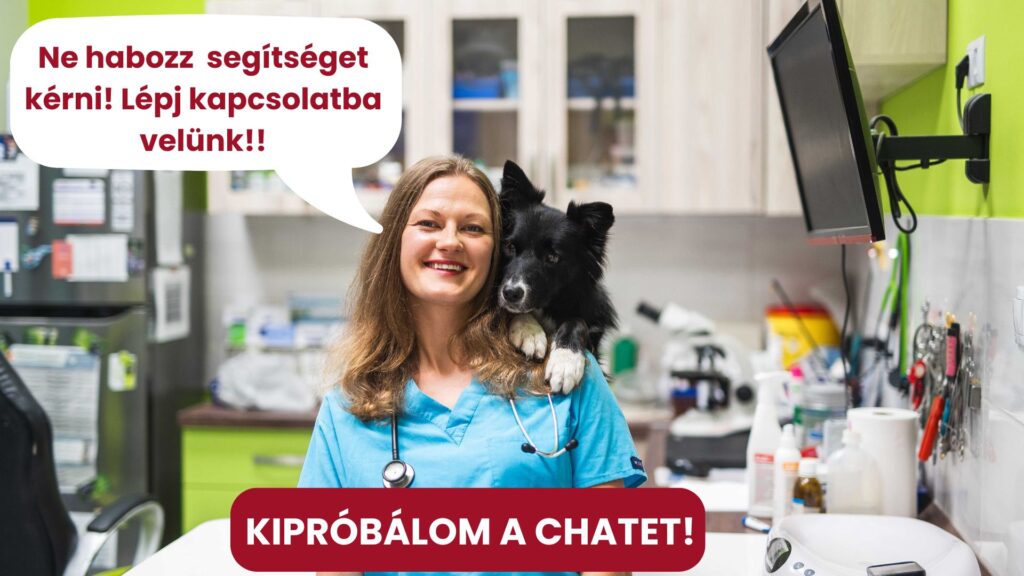The dog diarrhoea is a common but worrying problem for owners.
Whether the symptoms are mild or more severe, it is important to know what may be causing it and when to seek medical attention.
Discover the causes of diarrhoea, treatment options and find out how to get quick help for dog diarrhoea without waiting for an appointment and spending tens of thousands of dollars at the vet’s surgery!
What can cause diarrhoea for dogs?
Diarrhoea in dogs can develop for a number of reasons, the most common of which are:
- Sudden changes in diet, eating spoiled or inappropriate food can often cause diarrhoea.
Many dogs are sensitive to certain foods and eating them can irritate their intestinal tract. - Food allergies or intolerances: certain ingredients, such as gluten or lactose, can cause sensitivities that can lead to diarrhoea.
- Infections: Bacteria, viruses, parasites (e.g. Giardia) can cause infections, which can lead to severe diarrhoea.
- Stress and anxiety: dogs react to stress in a similar way to humans, and diarrhoea can develop in stressful situations, such as when moving house or when a new family member arrives.
- Side effect of medicines: some medicines, especially antibiotics, can disrupt the dog’s gut flora, causing diarrhoea .
When to see a vet for dog diarrhoea?
If the dog’s diarrhoea is short-lived and there are no other accompanying symptoms (e.g. vomiting, lethargy, loss of appetite), it is often sufficient to treat the dog at home, for example with light, digestible food such as boiled rice, boiled carrots, lean boiled meat – it is important to cook without salt – and plenty of water.
However, there are some cases where immediate veterinary intervention is needed:
- Prolonged or severe diarrhoea: If diarrhoea lasts for more than 24 hours or is bloody, seek veterinary advice immediately.
- Other symptoms appear: If the dog vomits, becomes lethargic or has a fever in addition to diarrhoea, urgent medical attention is needed.
- For puppies and older dogs: These age groups are particularly susceptible to dehydration caused by diarrhoea and require immediate medical attention.
If you feel that your dog’s diarrhoea does not warrant an immediate visit to the vet, or if you are unable to get to the surgery, there are several alternatives.
In such situations, it can be helpful to discuss the matter with experienced dog people or seek advice from online dog-owner communities.
However, as every dog is different and information on the internet is not always reliable, it is better to seek professional help.
A veterinary chat service can be an ideal solution: it’s fast, convenient and you can get direct veterinary advice without leaving your home.
So you can be sure that your dog is getting the best care.Dr. Pálma Piller
How it can help veterinary chat?
The veterinary chat service is a great way to get quick and professional advice when you have symptoms of dog diarrhoea:
- Quick consultation: Veterinary chat gives you the opportunity to immediately contact a vet, who will help you decide whether you need to take your dog to the clinic immediately or whether home treatment is sufficient.
- Analysis of symptoms: The experts will ask you in detail about your symptoms, any dietary changes and other relevant information in the chat to get a more accurate picture of the situation.
- Medication advice: If your dog needs to take previously prescribed medication, your vet can advise on the correct dosage or help you decide if a change is needed.
- Dietary advice: During a vet chat, you can get advice on what diet to introduce to help relieve diarrhoea.
If you are unsure about the severity of your dog’s diarrhoea, don’t hesitate to ask for help! Dr. Pálma Piller and her team at Dr. Piller PetWiseCare veterinary chat service to answer your questions promptly and help you to put your mind at ease or take the right steps to ensure your pet’s health in time. Click here to contact them now!






























